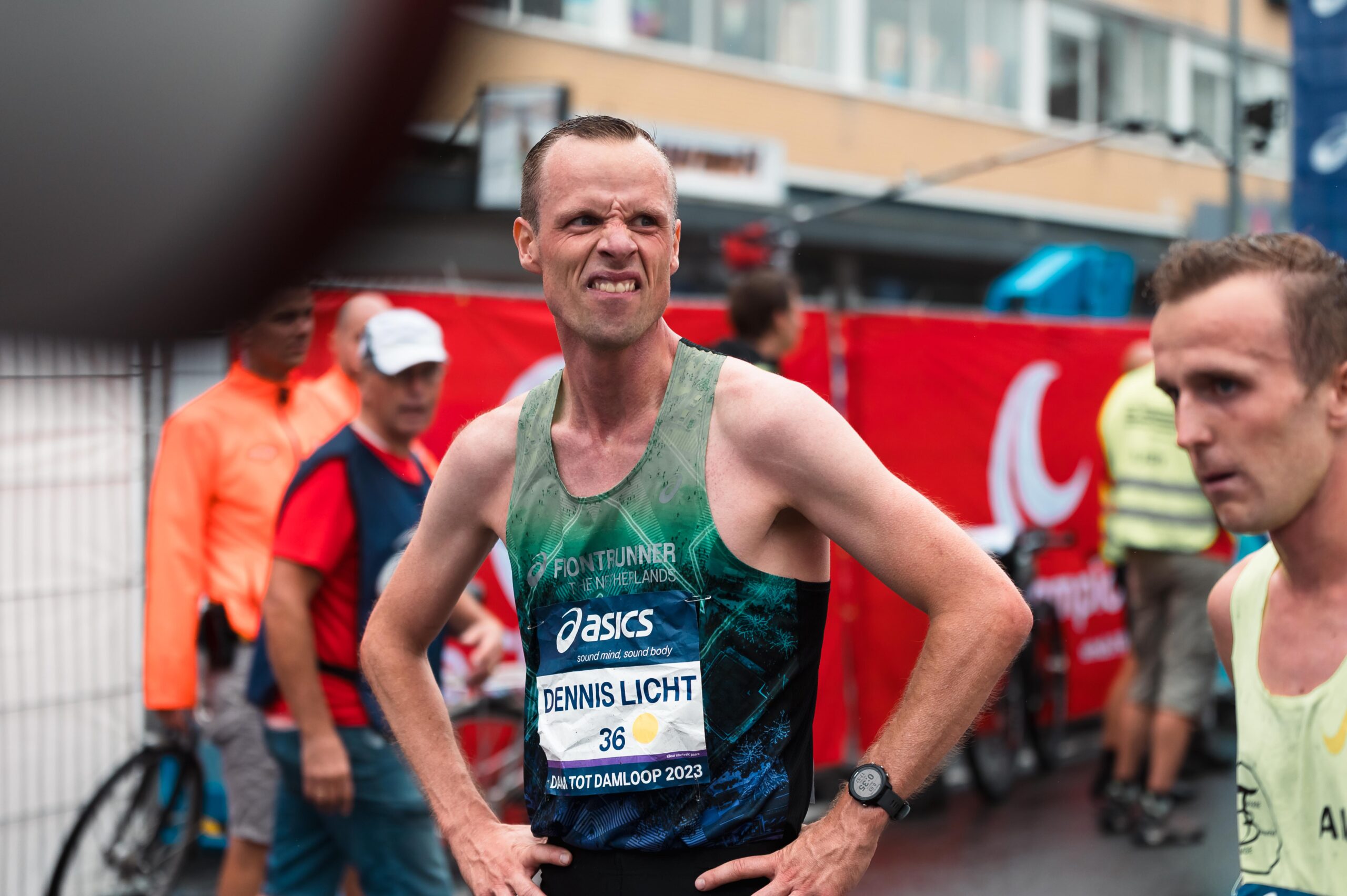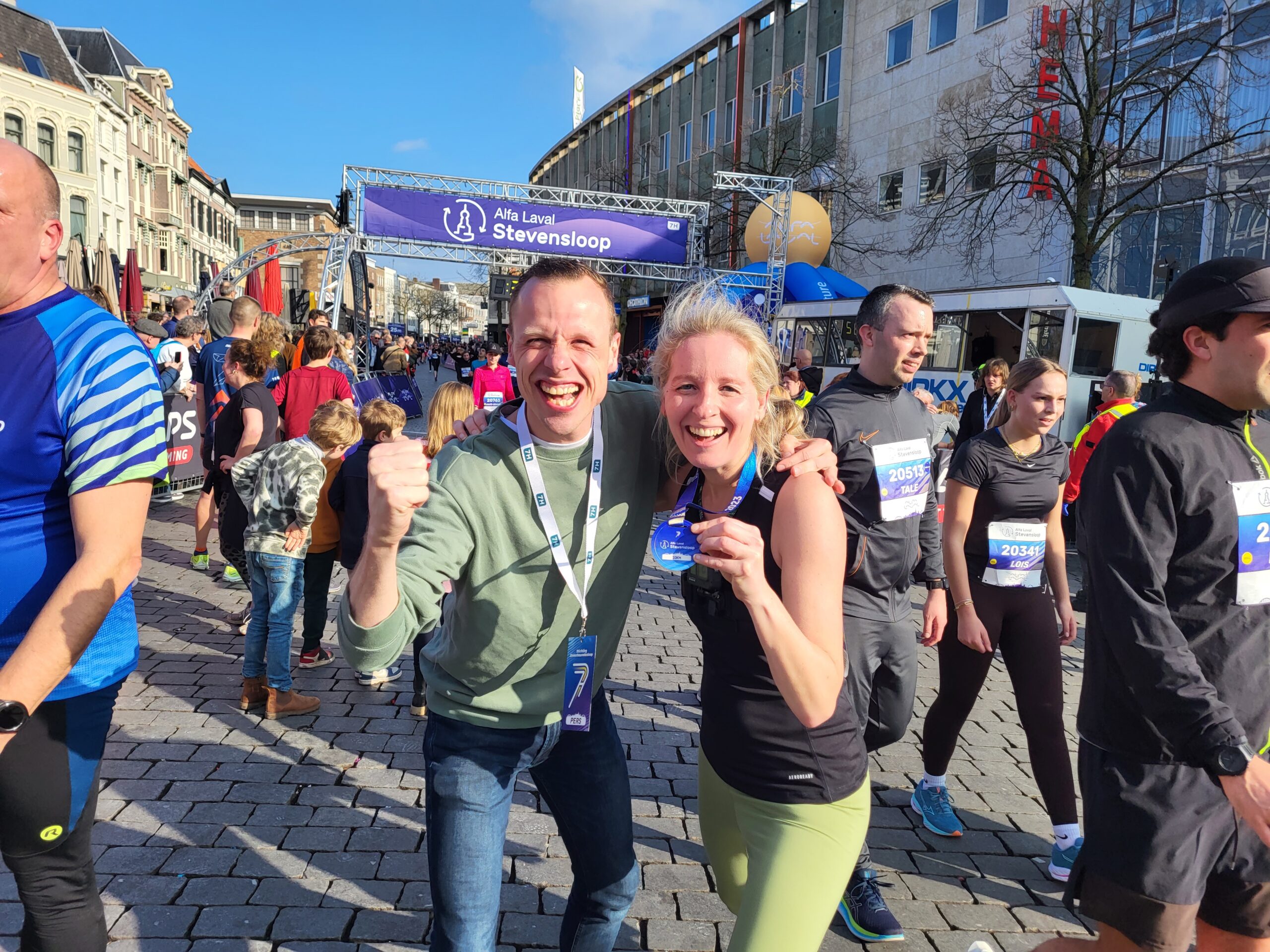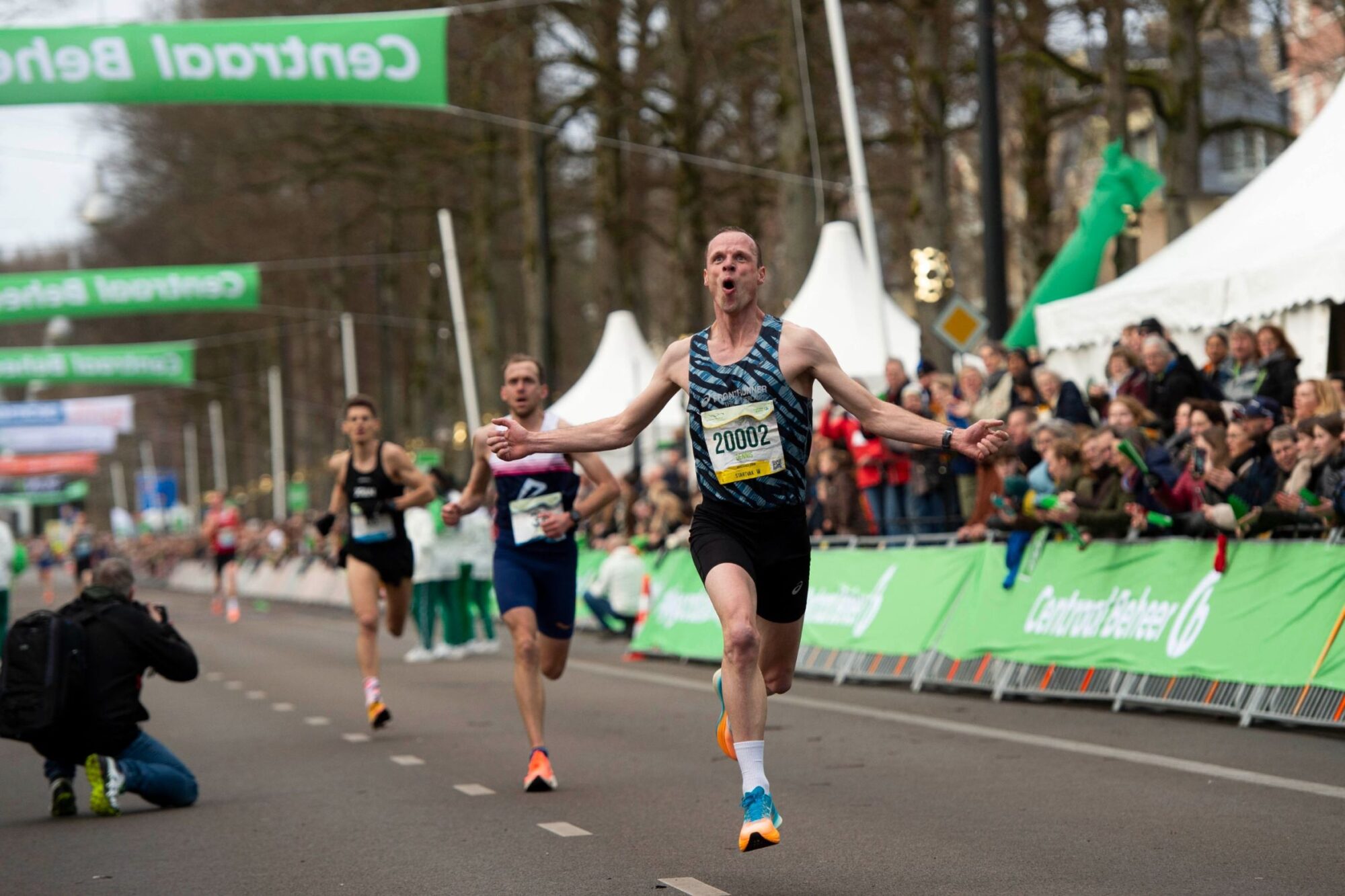Runners tend to switch to other training methods, only when injured. As a coach and personal trainer I advise many runners to implement some alternative training methods to increase their training volume in a sensible way.
Including alternative training decreases the impact on the legs and increases the success of a positive running experience. Especially for runners who just started to make their first minutes of running, I advise to supplement their build-up-program with for example powerwalking and biking.
A personal story
Of course, as an ambassador of movement I’d like to see as many people enjoy running, but I know how impactful it can be if you are not careful enough.
I myself discovered the power of alternative training when I got operated on both achilleas in October 2013. An operation was the only option left to extend my career as a professional runner. With only 50% chance to succeed by the way.
Both pre-operation and post-operation I made numerous of hours on the bike and in the swimming pool to stay fit and healthy. I stayed in close contact with my sports physiotherapist and human movement scientist Johann de Jong from Isokin about the rehab.
Like my orthopedian surgeon said several weeks after the operation: “Dennis, you broke the World Record rehab for runners with achilleas tendon operations, please explain me how you did that”. After 7 weeks I ran 5 times 40 seconds on a treadmill again. After three month I did my first easy run of 30 minutes and after 6 months I broke my first personal best. My rehab program became the benchmark in the Amsterdam Medical Center. Nowadays it is being used as a guideline for other patients. From that moment I discovered the benefits of alternative training even more. I was convinced of the benefits of cross methods of training.
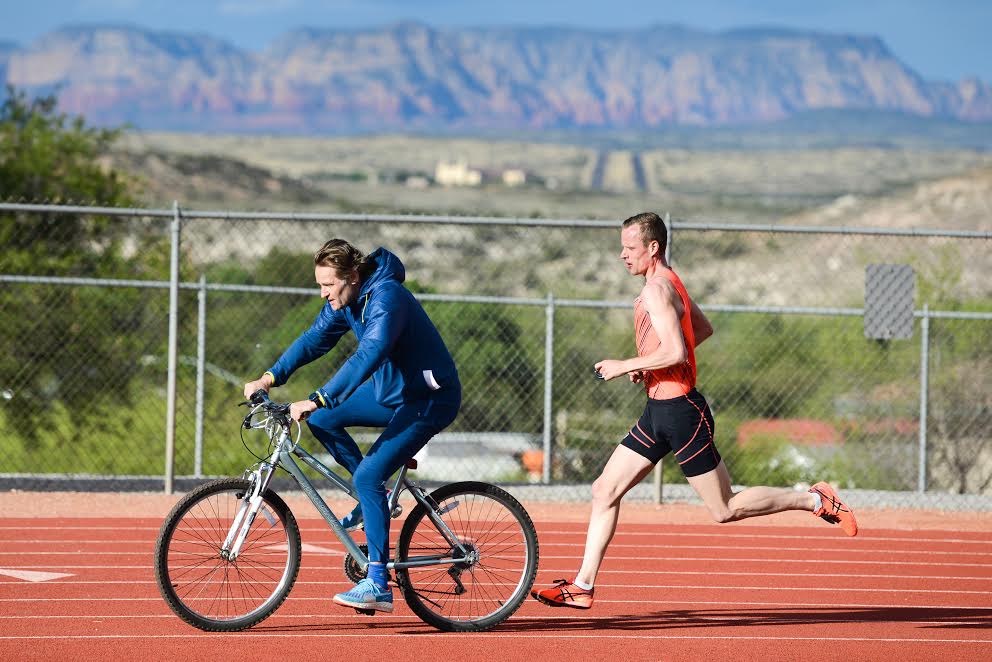
Don’t forget, running has a huge impact on your body
As a runner you cannot underestimate the fact that you get easily injured if you don’t build-up step by step slowly. Did you know that by each step you make, while running, you load your legs up to 6 times your bodyweight? That has a huge impact. Not only for your muscles but also for your joints and tendons. Overall the benefits of running are bigger, but you have take very good care of your body to adapt the loads and distance. Keep in mind, it takes about 300 up to even 500 days of structural training to become a well-shaped runner.
Starting or getting back into running
Since in many countries there is no possibility, at this moment to go to a physiotherapist, it is very important to take good care of your body and make some proper decisions. Decisions whether it is wise to start with running or to combine it with other types of training first. For some it can be very helpful to be coached (online) by a professional.
Off course you can download everywhere a running program online, follow some home workouts, but for most of it, it doesn’t explain you how to run and what your personal needs are. My advice: avoid a negative sports experience and start running under supervision of a experienced and qualified coach.
When you’ve stayed at home for a long time due to your national quarantine measures, it is also very wise to start with some alternative training first before you go out for longer running sessions again. Maybe your mind is very eager to start to get back tp running again, but your body isn’t always their yet. After one month of no running your condition can be decreased by 50%. After three months of no running, you are normally in a shape where you have to start all over.
Types of alternative training methods
There a many types of cross training methods which can be combined with running or can be done first to increase the basic fitness level, before starting with running. Besides strength and core training, cycling, swimming, poolrunning (also known as aquajogging with a aquabelt), yoga and elliptical training can be combined very well.
Strength and core training
To increase your load capacity as a runner, one of the main things that is very important to do is strength and core training specified for running. I will not go into detail on this type of workout, but it is something I highly recommend to be part of your training regime.
I speak very often with runners, before they became my clients, about been injured over and over again. Mostly because of a poor level over strength, a weak core and leg balance, bad daily posture and also a lack of hip mobility and flexibility in their back.
Cycling
The great thing about cycling is that you can easily put in a lot of hours compared to running. That’s also the reason why cycling is great training for long distance runners too. Especially if you are training for a marathon you can have a 3 or 4 hour bikeride from the beginning of your training schedule when you are still building up your running mileage. In that way your body will get used to the long runs later on in your training schedule. Be careful with very intense intervals on the bike since you are using other muscles than with running. We suggest a low heart rate session with a high cadence for as long as you can handle. Don’t forget to eat and drink on the bike because a hunger knock can strike easily!
Workout examples:
– Intervals—60 to 90 minutes. 20 minutes easy warm up; 3 to 6 cycles of 7 minutes on and 3 minutes off; 10 minutes cool down.
– Endurance workout—2 to 4 hours at 60% of your maximum heart rate and with a high cadence, around 100 rpm.
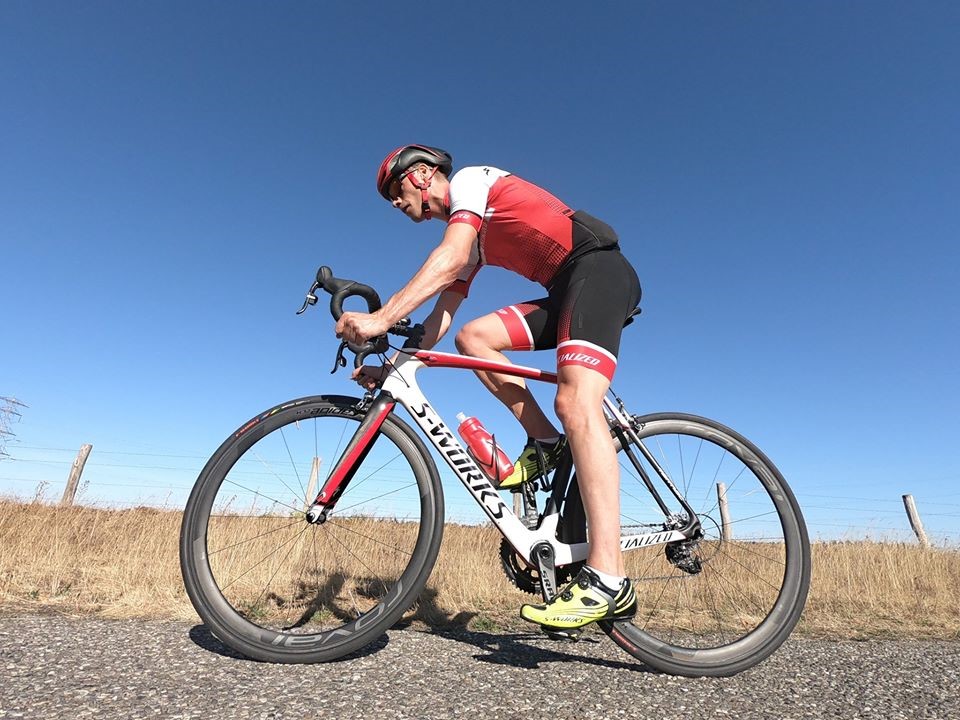
Swimming or pool running
Swimming is an ideal no-impact activity, but you must be a proficient swimmer to obtain the needed aerobic benefits. If you are a good swimmer and you know how to swim freestyle, without being out of breath, swimming could be your supplemental training! If not, and you need to use breaststroke, please be careful for your knees and groins. Those muscles are probably not used to the angles of your joints while doing breaststroke.
Pool running on the other hand is a perfect way to work on your stamina. Most important thing is to pump your arms and lift your knees aggressively. Some like to use a jog belt, others are hardcore and are running in the pool without.
Workout examples:
– Intervals—45 to 60 minutes: 10-minute warmup; 3 to 5 cycles of 10 x 50 seconds all-out/10 seconds easy. After each cycle, do 2 minutes easy. Cool down for 10 minutes. Maintain heart rate above 80 percent during intervals.
– Endurance workout—60 to 120 minutes: 10-minute warmup; 10 minutes hard/2 minutes easy; 10-minute cooldown.

Elliptical
The elliptical is a perfect tool for low impact cardio training and also available in almost every gym around the globe. There are even ellipticals available to take out on the roads if you would like to have an outdoor session. Be prepared for some comments because most people haven’t seen such a cool tool on the streets yet!
Workout examples:
– Intervals—45 to 60 minutes: 5-minute warmup; 8 to 14 x 2 minutes hard/2 minutes easy; 5-minute cooldown. Maintain heart rate above 80 percent during intervals.
– Endurance workout—60 to 120 minutes: 10-minute warmup; 7 minutes hard/3 minutes easy; 10-minute cooldown.

Yoga
Yoga is the perfect recovery activity for runners. It relieves soreness and tension in your hardworking muscles, and restores range of motion, so you can run better the next time you hit the road. Check out the Sound Mind Sound Body programme or download the ASICS Studio app and have your 30 minutes yoga session by yourself at home!
Workout examples:
-Poses like the downward dog, the pigeon stretch and low lunges are perfect examples of exercises that will help you loose up and feel recovered for you next run.
If you need advice to implement some of these alternative training methods in your personal program, don’t hesitate to contact me.
Keep up the good work!
Run Coach
Dennis Licht
#UntiedYetUnited

